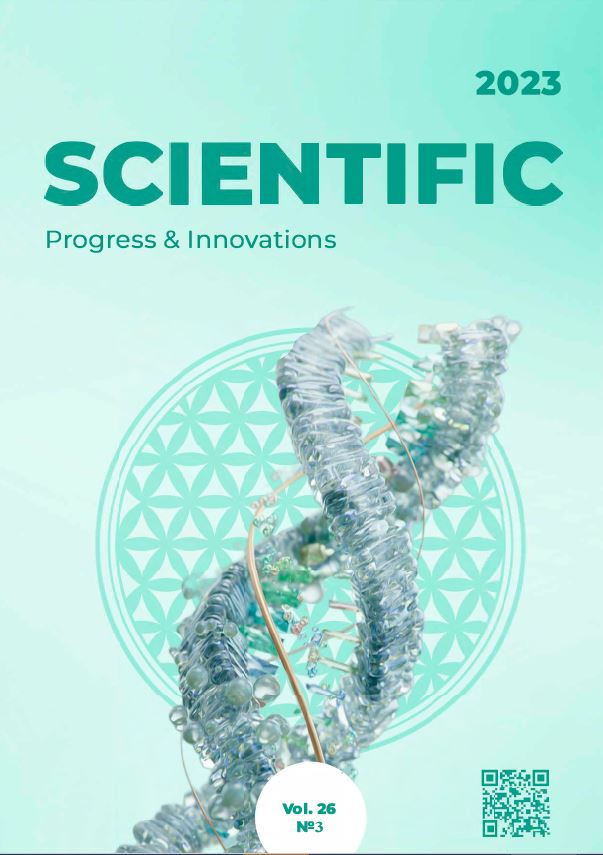Antibacterial and antifugal properties of monarda (Monarda L.) essential oil on dominant soybean seed micromycetes
DOI:
https://doi.org/10.31210/spi2023.26.03.12Keywords:
medicinal plants, monard, essential oils, antibacterial, antifungal properties, bioactivityAbstract
Manufacturers of plant protection products pay considerable attention to the development of biological preparations, the basis of which are natural substances with antimicrobial activity. Preparations based on plant extracts with fungicidal properties are already being used in Ukraine. They help to increase productivity, restore tissues, improve the assimilation of useful substances by cultures and have an antiviral effect. Interest in monarda is growing due to the high content of biologically active substances with antibacterial and antifungal properties in the essential oil. The goal of the work:study of morphobiological features of Monarda fistulosa L., M. citriodora Cerv.ex Lag. and M. didyma L., determination of antimicrobial and antifungal activity of essential oils of the studied plant species, clarification of their influence on dominant phytopathogens of agricultural plant seeds. The studied monard species are differ according to morphometric parameters, perianth color, smell, they are easily cultivated and are promising for cultivation in our zone in open ground. The analysis of the dynamics of the accumulation of essential oil in the above-ground organs of plants of various monarda species showed its minimum content in the budding phase (0.33 % on average over the years of research). The maximum content of essential oil was noted in the phase of mass flowering: in M. fistulosa – 1.8 %, M. citriodora – 1.5 % and M. didyma – 1.4 %. Studies have shown that the essential oils of M. fistulosa, M. citriodora and M. didyma have antibacterial activity against the genera Xantomonas and Pseudomonas. A higher activity of the essential oil of pipe monarda compared to other species was noted. The growth of bacteria of the genus Pseudomonas was recorded at a concentration of 0.0035 %, and the genus Xantomonas – 0.0017 %. As a result of the study of anti-fungal activity of the essential oil of the pipe monarda, a negative effect on the development of all studied fungi was revealed. The diameter of the zone of growth retardation was noted at the level of 19.7 to 10.1 mm, however, higher efficiency was registered in variants with concentrations of 1 % and 0.1 % against Alternaria spp. (19.7 and 18.1 mm) and Aspergillus spp. (19.6 and 17.5 mm). Fungi of the genus Fusarium were less sensitive to the biological agent and the diameter of the zone of growth retardation varied from 14.2 mm to 13.8 mm, according to concentrations of 1 % and 0.1 %. Reducing the concentration of essential oils to 0.01 % led to a decrease in the zone of growth retardation: Alternaria spp. – 15.5 mm, Aspergillus spp. – 15.0 mm, Fusarium spp. – 10.1 mm.

 Creative Commons Attribution 4.0 International Licens
Creative Commons Attribution 4.0 International Licens